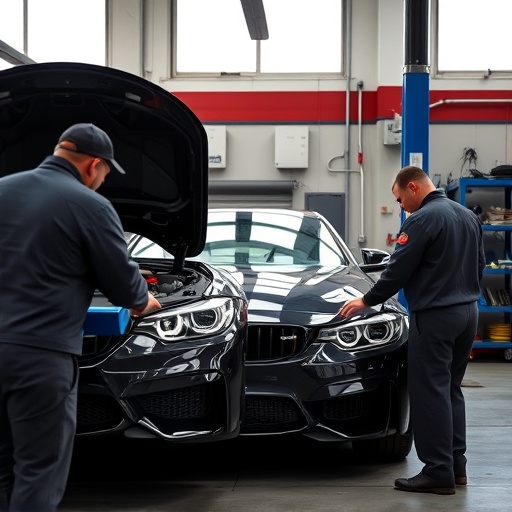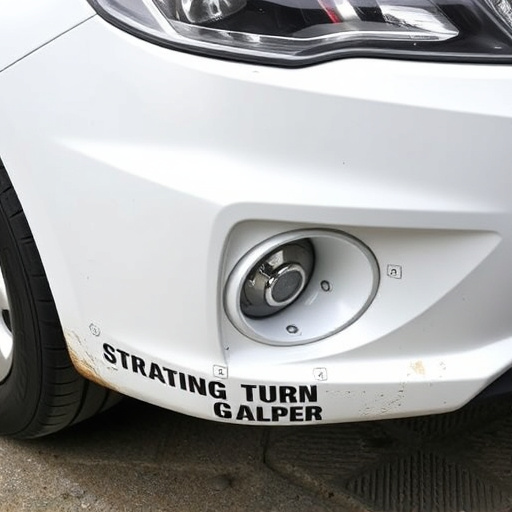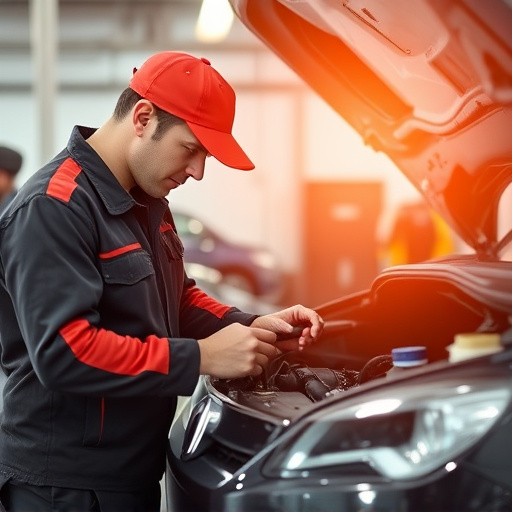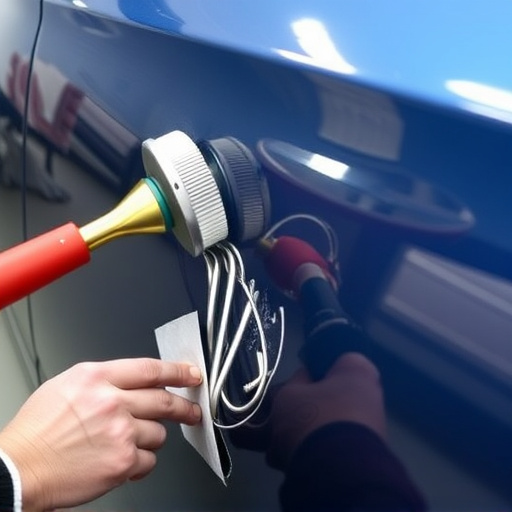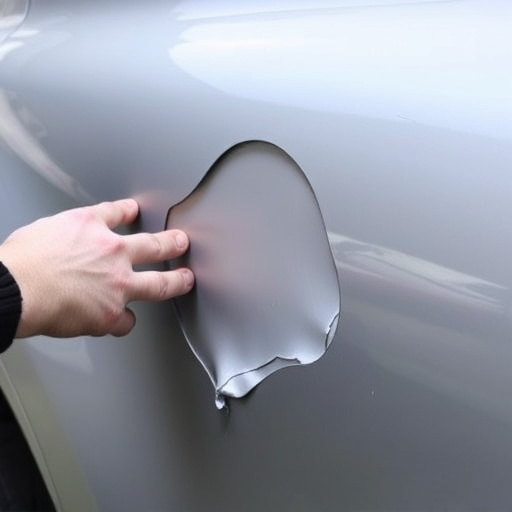In a heavy-duty truck collision, establishing negligence is vital for justice. This involves proving breach of duty, causation, and damage extent through evidence like vehicle repairs, maintenance records, witness statements, and expert analyses. Consulting legal experts and professionals in auto body services strengthens the case, ensuring all liability aspects are explored and compensated fairly.
In the event of a heavy-duty truck collision, proving negligence is paramount for justice and compensation. This article guides you through the intricate process, focusing on the essential elements of negligence in such accidents. We’ll explore effective strategies for gathering and analyzing evidence from crash sites, highlighting legal tactics to establish liability. By understanding these key aspects—from driver conduct to vehicle maintenance—you’ll gain insights into navigating the complexities of heavy-duty truck collision cases.
- Understanding Elements of Negligence in Truck Collisions
- Gather and Analyze Evidence from the Scene
- Legal Strategies to Prove Liability in Heavy-Duty Accidents
Understanding Elements of Negligence in Truck Collisions

In the event of a heavy-duty truck collision, establishing negligence is pivotal to ensuring justice and fair compensation for any resulting damages. To prove negligence, several key elements must be demonstrated. First, it’s essential to show that a duty of care was breached. This refers to the legal obligation held by drivers and trucking companies to operate safely on the road. Next, the breach of this duty must be directly linked to the collision, establishing causation. Furthermore, the extent of damages incurred, whether physical injuries or significant autobody repairs in cases where vehicles are involved, plays a crucial role in quantifying the negligence’s impact.
Understanding these elements is essential when navigating the complexities of heavy-duty truck collisions. While luxury vehicle repair might not be the primary concern for all involved, ensuring accurate and timely assessments of damage, including meticulous car paint repair if necessary, can significantly influence the outcome of a negligence case. These considerations underscore the importance of gathering comprehensive evidence and consulting legal experts to build a robust case centered on accountability and compensation for all parties affected by such incidents.
Gather and Analyze Evidence from the Scene

After a heavy-duty truck collision, the first step in proving negligence is to thoroughly gather and analyze evidence from the scene. This includes documenting damage to both vehicles, taking photographs of the crash site, and collecting relevant data like vehicle maintenance records, driver logs, and witness statements. These details can provide critical insights into what led up to the accident and who may be at fault.
Professional auto body services or an experienced auto collision center can aid in examining the physical evidence, such as identifying hidden damage that might have contributed to the crash. Expert analysis of vehicle components, including brakes, tires, and lighting systems, can also reveal maintenance lapses or equipment failure—all crucial factors in determining negligence, especially when dealing with large trucks. Effective documentation and assessment ensure that all potential avenues for legal responsibility are explored, which is essential for constructing a compelling case in a heavy-duty truck collision.
Legal Strategies to Prove Liability in Heavy-Duty Accidents

In a heavy-duty truck collision, proving negligence is paramount for securing justice and compensation. Legal strategies to establish liability in such cases often involve a multifaceted approach. Firstly, gathering comprehensive evidence is crucial. This includes detailed records of the accident scene, vehicle damage reports, and medical documentation of injuries sustained by all parties involved. Experts like mechanical engineers or accident reconstruction specialists can play a pivotal role in analyzing vehicle systems, tire marks, and other physical evidence to pinpoint the cause of the collision.
Additionally, reviewing maintenance logs and driver logs can reveal critical information. Inadequate maintenance, overspeeding, or driver fatigue are common factors that contribute to heavy-duty truck collisions. Demonstrating negligence through these means not only establishes liability but also ensures that all responsible parties are held accountable, whether it’s a trucking company, vehicle manufacturer, or individual driver. Efficient legal strategies might also involve consulting with professionals in related fields, such as auto repair near me or car restoration experts, to substantiate the impact and severity of the collision.
Proving negligence in a heavy-duty truck collision requires a meticulous understanding of the key elements, thorough evidence collection at the scene, and strategic legal arguments. By grasping these aspects, individuals can navigate the complex process of holding responsible parties accountable for their actions. With the right approach, it becomes possible to secure justice and compensation for victims affected by these severe accidents. Remember, when it comes to heavy-duty truck collisions, a comprehensive investigation and legal strategy are crucial to ensuring accountability and preventing similar incidents in the future.
